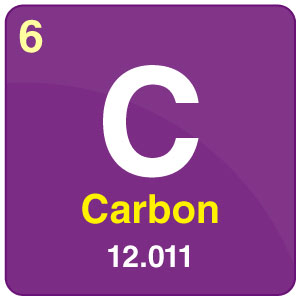1. The layer of the Earth that includes living organisms
2. The sphere that contains all rock, sand, mountains, minerals, etc.
biosphere, geosphere
Rico is at the beach watching the waves. Which of Earth's systems interacts with the hydrosphere to produce the waves at the beach?
Atmosphere
How do we get nitrogen?
We have to get it through our food; we cannot just breathe it in.
What is the largest reservoir of water on the planet?
oceans
How many protons does every atom of carbon have?

6
All of the cycles we learned about involve ELEMENTS except for the _______ cycle, which involves a MOLECULE.
water cycle (H2O is a molecule)
Which sphere contains all the frozen water on Earth? All liquid water?
Cryosphere; hydrosphere
Which spheres cause weather and clouds to form?
hydrosphere and atmosphere
How do plants get nitrogen?
They absorb it from the soil with the help of nitrogen-fixing bacteria.
What powers the hydrological cycle?
the Sun/ how hot the atmosphere is
What unit is used for the mass of atoms?
Which subatomic particle weighs virtually nothing and is the only one NOT in the nucleus of an atom?
electrons
Which sphere contains all the gases that surround Earth? What is the main gas you find here?
atmosphere, nitrogen
Soil is a combination of which spheres?
Bio, geo, (hydro)
What are two ways carbon is taken out of the atmosphere?
plants/ photosynthesis and ocean absorbs it
Water goes from a liquid to a gas in what process? It goes from a gas to a liquid in what process?
Evaporation; condensation
A scientist finds an atom with 2 protons, 2 neutrons, and 2 electrons. What is the atom's mass?
4 amu
During what process of the water cycle do clouds form?
condensation
List all 5 spheres and what their prefixes mean?
Bio- life; geo- rock; atmo- air; hydro- water; cryo- ice
A volcano erupts, putting carbon dioxide and smoke into the air. Which of the spheres are interacting AND what cycle is involved?
geosphere and atmosphere; carbon cycle
Plants take in carbon from the atmosphere, animals release carbon to the atmosphere, living things die and become fossil fuels...
Too much fertilizer on crops may be washed off whenever it rains and "run-off" into nearby bodies of water. What effect does this cause?
eutrophication/ algae blooms
Where do you find an element's atomic number? What about its mass number?
atomic number at top (its a whole number) and mass number near bottom (usually with a decimal)
If the element lithium has a mass number of 6.941 and atomic number of 3, how many neutrons does an atom of lithium usually have?
4
Carbon in the air gets taken in by a plant. The plant eventually dies, decomposes, and becomes part of fossil fuels over millions of years. Humans extract and burn them for electricity production. What order of spheres did the carbon cycle through?
atmosphere --> biosphere --> geosphere --> atmosphere
Give three ways that the sun affects Earth's spheres.
biosphere-- plants need sunlight to live/ photosynthesis
atmosphere-- heats our air
hydrosphere-- evaporates/ heats water
cryosphere-- could melt ice
What is the difference between the "short cycle" and "long cycle" in the carbon cycle?
"Short cycle"= plants take in carbon from atmosphere; animals release carbon to the atmosphere
"Long Cycle"= when living things die, they are buried in soil and rocks, and eventually become fossil fuels
How could deforestation affect the carbon cycle?
Less trees = less photosynthesis, so less carbon being taken out of the atmosphere
What makes an atom neutral?
it has the same number of protons as electrons.
What is the equation to find the mass of an atom?
neutrons + protons